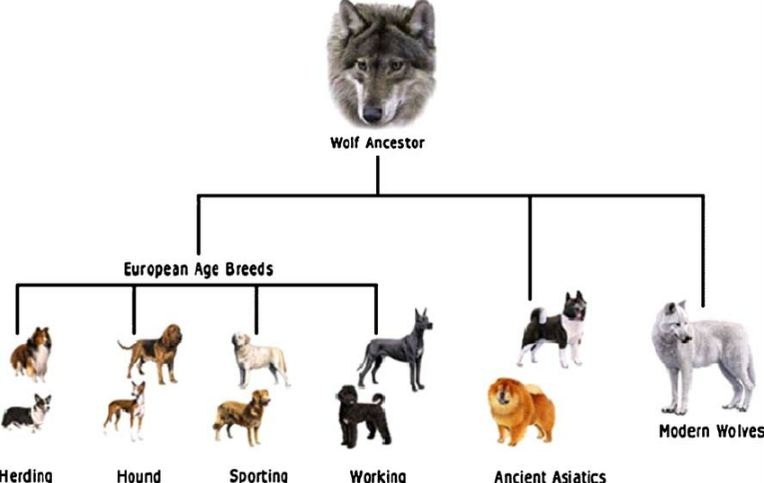
Although the origins of today’s dogs are shrouded in archaeological mysteries. There is evidence that dogs were living as early as 10,000 BC been domesticated. Early Remains have been found in what is now Denmark and western Germany.

This dog is likely the result of a combination of genes from many different species Canids, this is the family the dog belongs to. The other members are wolves, Coyotes, jackals, wild dogs and foxes can all interbreed over 30 Different types of canines. They are everywhere – from the jungles of South America to Glaciers in the Canadian Arctic
Dogs don’t just share physical similarities between other people’s skeletal structures Canines, many of the behavioral and instinctual traits we see in domesticated animals Dogs are a typical canine group.
According to genetic research, modern domestic dogs originated in China, the Middle East and Eastern Europe. According to archaeologist and geneticist Greg Larson, gray wolves were domesticated by humans somewhere in western Eurasia. He suspected that the Orientals were domesticating wolves at the same time.
According to Katherine M. Rogers, professor emeritus of English at Brooklyn College, in her book “First Friend,” women may have been the first to keep these wolves as pets.
There is even scientific evidence for a link between humans and canines. When people look into each other’s eyes, we create an emotional connection and release a hormone called oxytocin. A study led by Nagasawa found that both humans and dogs release the same hormones when they look into each other’s eyes.
The popularity of dog breeds varies. In the 1890s, the St. Bernard was the number one breed, but since the 1990s, the Labrador Retriever has been the most popular.
Origin of the domestic cat
Cats began their unique relationship with humans 10,000 to 12,000 years ago in the Fertile Crescent, the geographic region where human civilization first developed (including parts of what is now West Asia). One of these developments is agriculture. Stored grains attracted rodents as people abandoned nomadic lifestyles and settled on the land permanently.

The Middle Eastern wildcat, or felix silvestris lybica, took advantage of this new, plentiful food source, preying on rodents and choosing to remain in these early cities, preying on the rubbish that all human societies inevitably produced—just like feral cats do today.
Eventually, over thousands of years, a new species of feline evolved to settle naturally near humans: felines. Today, domestic cats, stray cats, and feral cats all belong to this species, which we call domestic cats.
